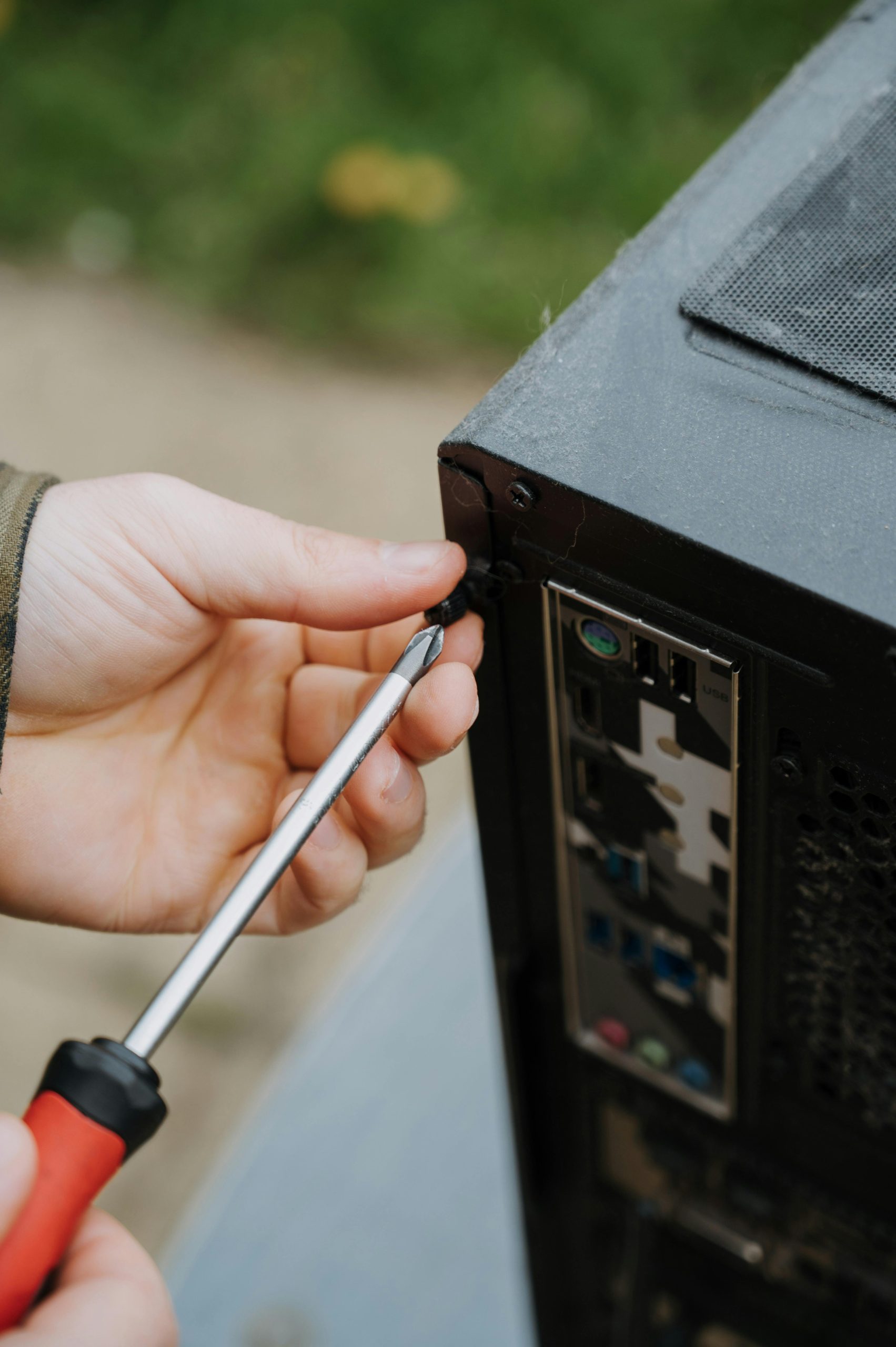Recovering from a Security Breach: A Cautionary Tale
In the ever-evolving world of online gaming, the thrill of gaining an edge can sometimes lead us down treacherous paths. Recently, I found myself in a distressing situation after downloading a questionable Fortnite aimbot, aiming to tease my friends with perceived skills. In hindsight, my decision was a poor one, and the subsequent fallout has been quite severe.
When I engaged with this software, I underestimated its risks and ultimately fell victim to a sophisticated hacking attempt. The culprit utilized a screenshot service, capturing private moments and leveraging that information for extortion. I received an alarming email threatening to expose videos of my actions unless I paid a ransom in Bitcoin—a list of compromised passwords further confirmed the severity of the breach. While I had the forethought to change these passwords and enable two-factor authentication across my accounts, the aftermath still left me vulnerable.
Despite taking precautionary measures, such as running thorough scans with Malwarebytes, Tronscript, and Norton, my attempts to identify the intruding malware proved fruitless. The real challenge arose when I tried to launch Fortnite; the game caused a Blue Screen of Death (BSOD) accompanied by a Kernel_Security_Check_Error. This indicated that there was perhaps a deeper infection that traditional software could not detect.
The initial threat stemmed from a Loader.Exe virus, and extensive exploration of the related .txt files revealed mostly binary data, which offered little clarity on the exact changes made to my system. My main concern now is identifying the extent of the damage inflicted and determining a path forward to regain the security of my device.
After uninstalling and reinstalling both the Epic Games Launcher and Fortnite itself, I find myself at a crossroads, uncertain about my next steps. However, I recently shared my experience with an analysis tool called Triage in hopes of uncovering further insights.
View the analysis here. If anyone has expertise in analyzing the results, your assistance could be invaluable.
In conclusion, while the allure of hacks or cheats might tempt us on our gaming journeys, it’s essential to prioritize digital security. The cost of a moment’s indulgence can lead to long-term consequences, and it’s a lesson I won’t soon forget. If you’ve experienced similar issues or have advice on navigating these types of crises, I would greatly appreciate your insights in the comments below.
Share this content:




It sounds like you’ve been through a challenging experience, and I appreciate you sharing your detailed situation. Based on what you’ve described, here are some steps I recommend to further investigate and mitigate any lingering issues: